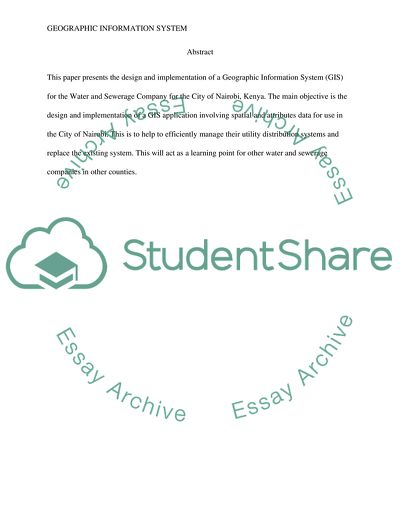Cite this document
(Implementing a Geographic Information System for Water & Sewerage Company Research Paper Example | Topics and Well Written Essays - 1500 words, n.d.)
Implementing a Geographic Information System for Water & Sewerage Company Research Paper Example | Topics and Well Written Essays - 1500 words. https://studentshare.org/information-technology/1852945-course-project
Implementing a Geographic Information System for Water & Sewerage Company Research Paper Example | Topics and Well Written Essays - 1500 words. https://studentshare.org/information-technology/1852945-course-project
(Implementing a Geographic Information System for Water & Sewerage Company Research Paper Example | Topics and Well Written Essays - 1500 Words)
Implementing a Geographic Information System for Water & Sewerage Company Research Paper Example | Topics and Well Written Essays - 1500 Words. https://studentshare.org/information-technology/1852945-course-project.
Implementing a Geographic Information System for Water & Sewerage Company Research Paper Example | Topics and Well Written Essays - 1500 Words. https://studentshare.org/information-technology/1852945-course-project.
“Implementing a Geographic Information System for Water & Sewerage Company Research Paper Example | Topics and Well Written Essays - 1500 Words”. https://studentshare.org/information-technology/1852945-course-project.


